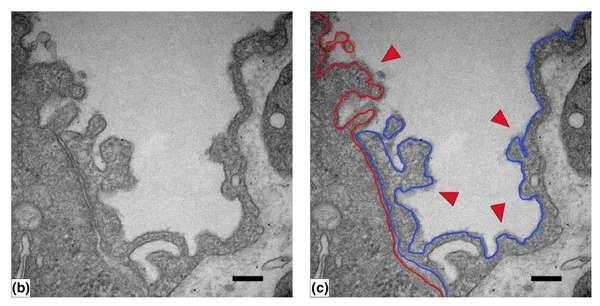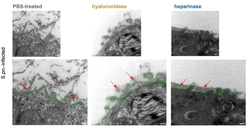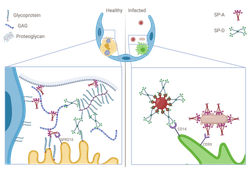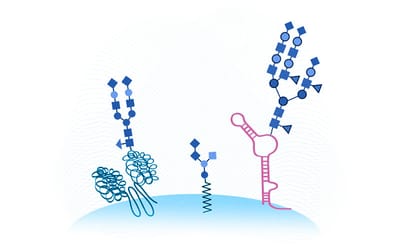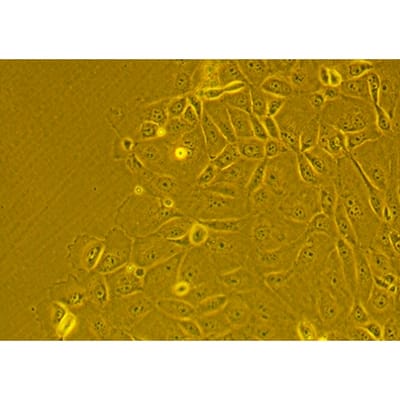Vladimir Gluhovic, Sara Timm, Wolfgang M. Kuebler, Elena Lopez-Rodriguez, Matthias Ochs. Journal of Anatomy, 2024: 00, 1–12
To access the full article, click here:

The alveolar surface of the lung is lined by an epithelium consisting of type I (AECI) and type II alveolar epithelial cells (AECII). This epithelium is covered by a liquid alveolar lining layer (ALL). Besides intra-alveolar surfactant, ALL also contains the alveolar epithelial glycocalyx on the apical side of AECI and AECII. To better understand the alveolar epithelial glycocalyx, its ultrastructural visualization by transmission electron microscopy is required. The aim of this study was to systematically re-evaluate routine cytochemical methods for visualization of the alveolar epithelial glycocalyx and specifically its glycan components. For this purpose, we used chemical fixation by vascular perfusion with aldehydes as a common routine approach in mice. After fixation, staining is needed for glycocalyx visualization. Cytochemical staining agents such as alcian blue, ruthenium red, and lanthanum nitrate were compared. In addition, SNL (Sambucus nigra lectin) and UEA1 (Ulex europaeus agglutinin I) were used for sialic acid and fucose-specific labeling. Alcian blue showed the strongest staining, with cloud-like structures, whereas ruthenium red appeared as thread-like structures. On the other hand, lanthanum nitrate did not stain the alveolar epithelial glycocalyx. For specific sialic acid and fucose labeling, both lectins presented a specific signal. In conclusion, these methods can be used routinely for assessing ultrastructural changes of the alveolar epithelial glycocalyx in experimental in vivo models under different physiological and pathological conditions. In addition, cytochemical staining by tissue massage and post-embedding lectin labeling after vascular perfusion support 3R (reduction, refinement, replacement) principles of animal welfare.


